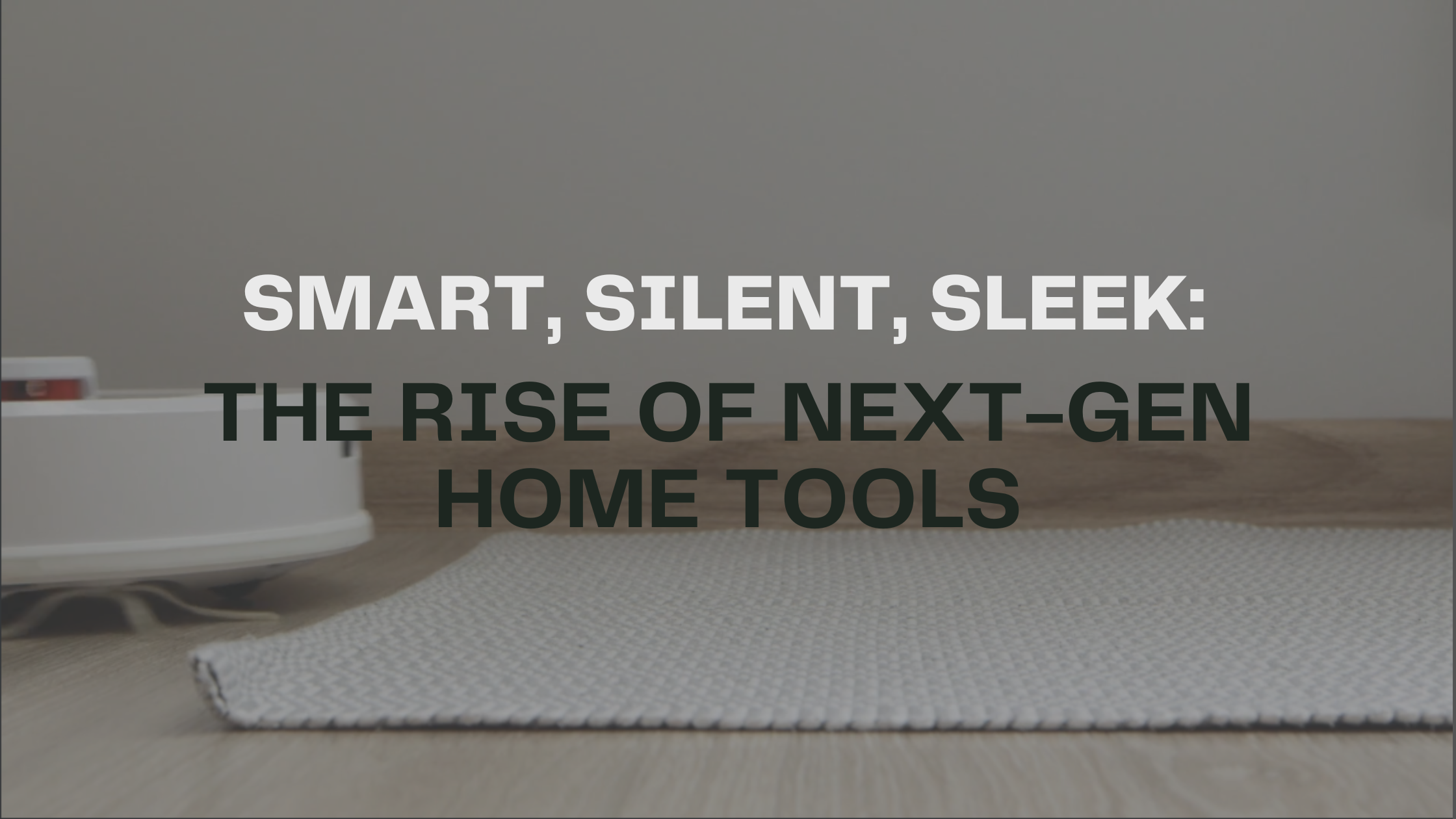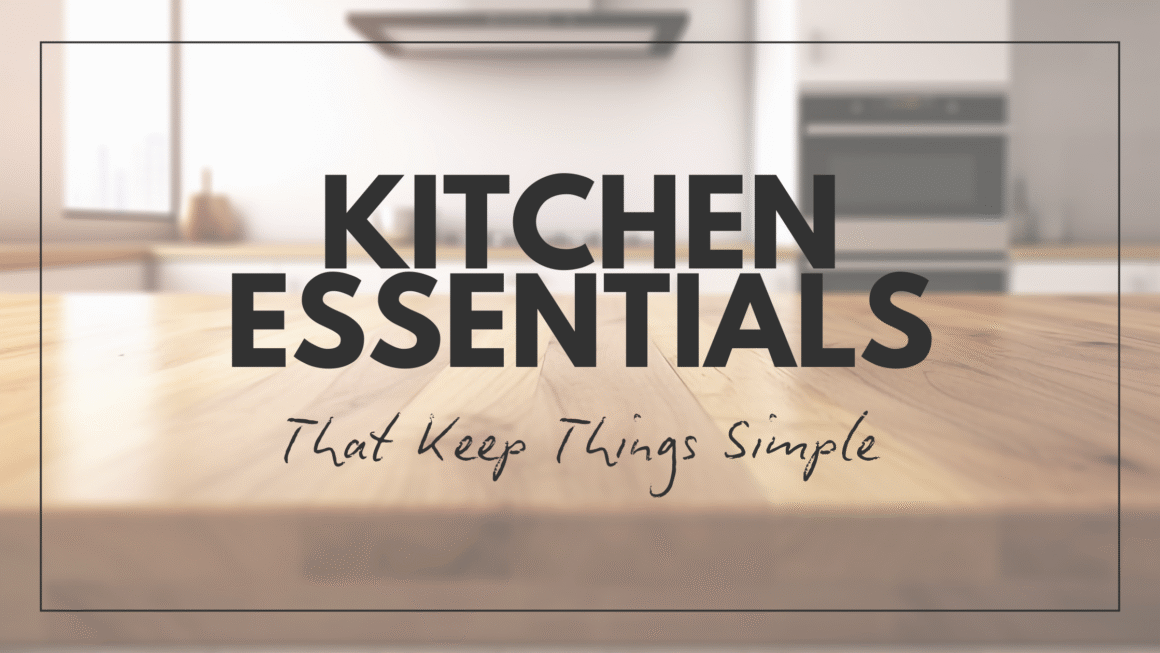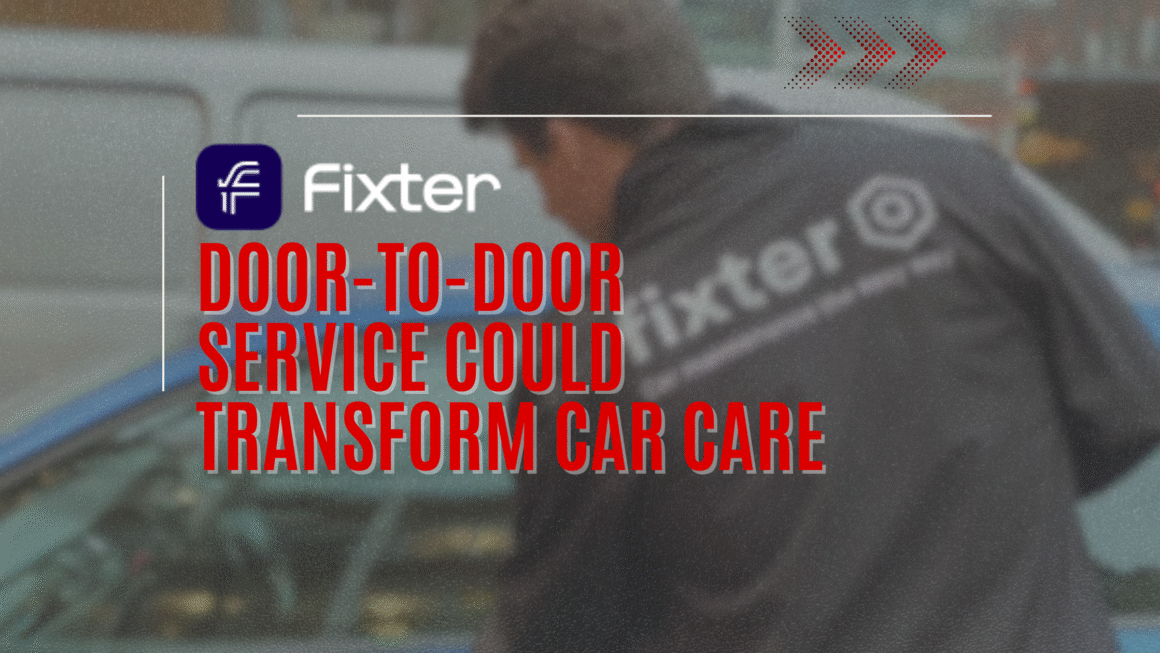We’re entering an era where the gadgets in your home are just as smart—and intentional—as the ones in your hand. From air-purifying headphones to fans that double as sculptural decor, next-gen tools are redefining what “home tech” means. These aren’t just upgrades in design; they’re quiet revolutions in how we experience everyday life. By blending intelligence, silence, and aesthetic form, today’s innovations go beyond convenience—they support the way we live, breathe, and interact with our space. It’s function, reimagined for a smarter and more beautifully connected home.
What Defines the New Generation of Home Tools?
Next-gen home tech stands out not just for what it does—but how it does it. These tools aren’t flashy for the sake of it. They’re quietly smart, visually refined, and designed to adapt without drawing attention to themselves. The shift is less about tech that commands a space and more about tech that complements it—working in the background, responding in real time, and looking good while doing it.
For a deeper look into the brands quietly leading this evolution, this piece on everyday smart home upgrades explores how companies are integrating form and function in surprising ways.
Intelligent by Design
Today’s smartest tools don’t wait for you to tell them what to do—they anticipate it. Built-in sensors and machine learning algorithms allow devices to respond to your needs before you even notice them. A fan that adjusts airflow based on room temperature or a purifier that activates when it detects particles—these are everyday examples of how predictive behavior is becoming the standard in home innovation.
Quiet is the New Powerful
Power no longer needs to roar. In fact, the quietest tools are often the most advanced. Innovations in motor design, airflow engineering, and sound-dampening materials mean that high-performance appliances now operate in near silence. This focus on sound—or the lack of it—has redefined what premium quality means in the home.
Style with a Purpose
Function doesn’t have to come at the cost of form. The newest tools are made to be seen, not hidden in closets or behind furniture. With sleek silhouettes, neutral tones, and design-forward shapes, they prove that performance can live in harmony with aesthetics.
Everyday Tools, Reengineered
We used to overlook these tools. Now we obsess over them—and with good reason. What were once background appliances are now centerpieces of innovation, blending AI, environmental awareness, and sleek design. These tools do more than their original job—they adapt, evolve, and elevate the space they occupy.
Vacuums That Think
Once loud, clunky, and purely manual, vacuum cleaners have had a serious glow-up.
- Use advanced mapping to scan floor layouts in real time
- Rely on sensors to avoid obstacles and detect high-dust zones
- Offer app-based scheduling and remote control
- Learn your habits and clean accordingly
Smart vacuums are no longer assistants—they’re autonomous cleaning systems with memory and logic.
If you’re curious how this transformation looks in action, this SharkNinja review dives into how one brand is making intelligent cleaning both accessible and design-friendly.
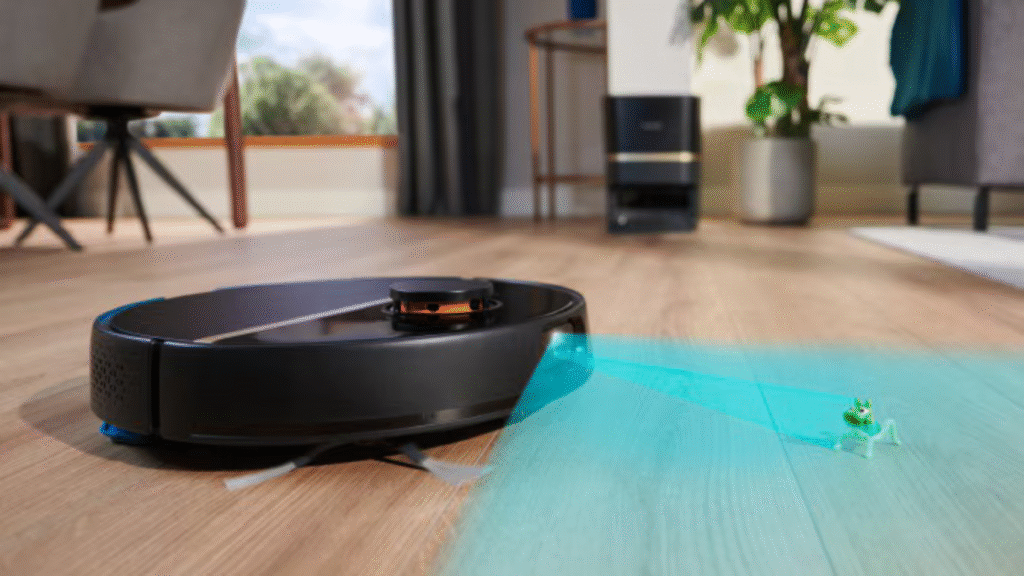
Hair Tools from the Future
The beauty of these tools isn’t just skin-deep—they’re built on serious tech.
- Regulate heat to prevent overexposure and damage
- Use digital airflow for faster, more even styling
- Adapt to hair type and texture with built-in sensors
- Feature sculptural designs worthy of a display shelf
They’re tools, yes—but they’re also precision instruments for personal care.
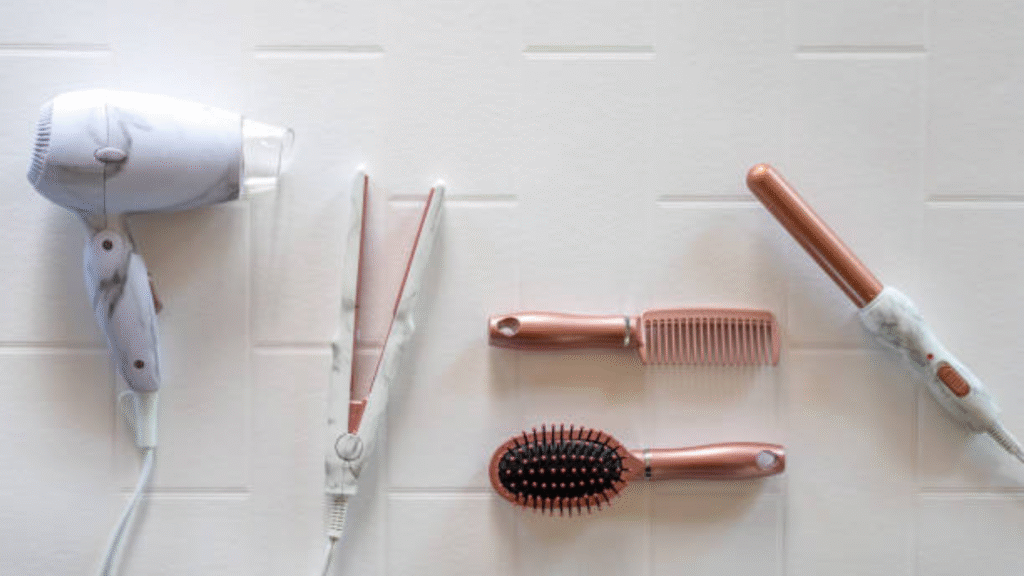
Air and Light Get the Upgrade
Two of the most overlooked elements in your home are finally getting their tech moment.
- Bladeless fans circulate air smoothly and quietly
- Air purifiers now use multi-stage HEPA filtration with real-time pollutant detection
- Lamps mimic natural sunlight and adjust to your schedule and needs
- Smart lighting adapts to time of day and mood
Together, these upgrades make your environment more breathable, responsive, and visually aligned with modern living.
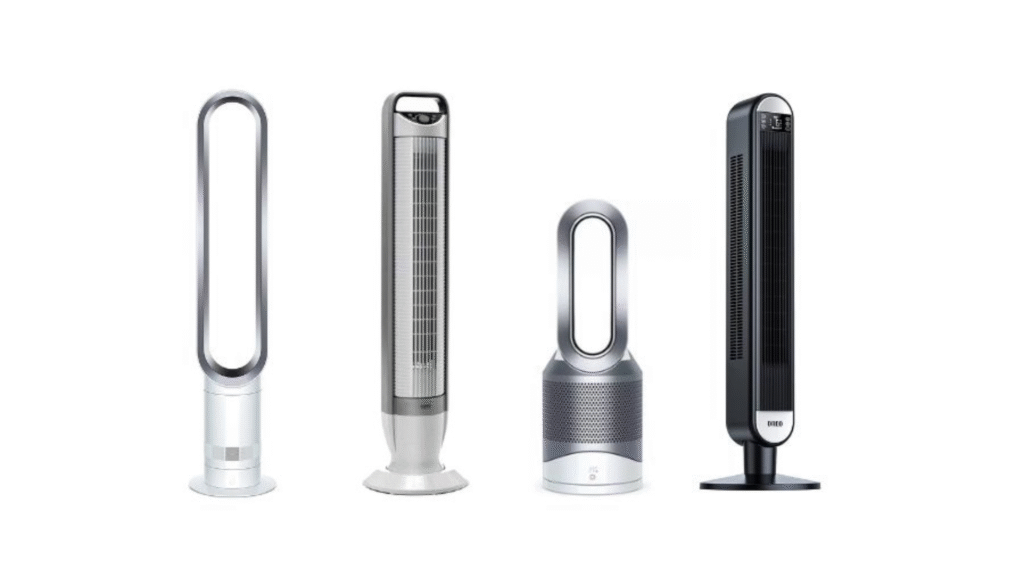
The Rise of Tech-Integrated Living Spaces
The smart home isn’t a dream anymore—it’s a default. From city apartments to family homes, everyday living now includes devices that learn, adapt, and quietly enhance your routine. These tools aren’t just smart—they’re aware, blending seamlessly into your environment without demanding attention.
Invisible Automation
Today’s best tech doesn’t flash lights or beep for approval. It just works—quietly and intuitively.
- Motion-sensing lights that turn on when you enter a room
- Fans that adjust based on your body temperature or humidity levels
- Air purifiers that sync with apps and respond to real-time air quality
This kind of ambient computing supports your lifestyle without interrupting it.
Minimalism Reimagined
For minimalist spaces, design matters as much as performance.
- Tools are streamlined, with neutral tones and sculptural shapes
- Devices double as décor—no need to hide them away
- Interfaces are simplified or touch-free, minimizing visual noise
These tools are part of the space, not additions to it.
Performance Without the Clutter
Modern living often means smaller spaces and smarter choices.
- Devices that combine air purification, cooling, and lighting
- All-in-one styling tools that replace heat irons, dryers, and curlers
- Multipurpose machines ideal for compact homes and studios
These solutions deliver maximum function with minimal footprint, making tech integration feel effortless.
What’s Fueling the Demand?
This isn’t a design trend. It’s a lifestyle shift—and the data backs it up. As our lives increasingly center around the home, people are investing in tools that feel intentional. Performance matters, but so does presence. Today’s demand is driven by a mix of wellness, environmental values, and visual culture.
Post-Pandemic Home Mindset
The way we view our living spaces changed—and so did our expectations.
- Air quality and acoustics became essential for comfort and health
- More people are choosing tech that supports mental and physical wellness
- Tools that create calm and reduce friction are now a priority
Wellness isn’t just a gym routine anymore—it starts at home.
Sustainability and Energy Awareness
Eco-conscious consumers are pushing for smarter, cleaner solutions.
- High-efficiency motors and power-saving modes are now standard
- Durable materials reduce waste and promote long-term use
- Brands are rethinking packaging and production for a greener footprint
Smart isn’t enough—it needs to be responsible, too.
Social Media and the Aesthetic Life
Home tech is now part of personal branding.
- Sleek gadgets are shared in reels, stories, and #shelfie setups
- Design-forward tools spark conversations and recommendations
- Visual appeal has become a serious buying factor
If it doesn’t photograph well, it might not make the cut.
The Future of Sleek Intelligence at Home
We’re only scratching the surface. What comes next looks even more intuitive, as the gap between human behavior and home technology closes further. Tomorrow’s tools won’t just follow instructions—they’ll anticipate needs, adapt to your patterns, and respond almost invisibly.
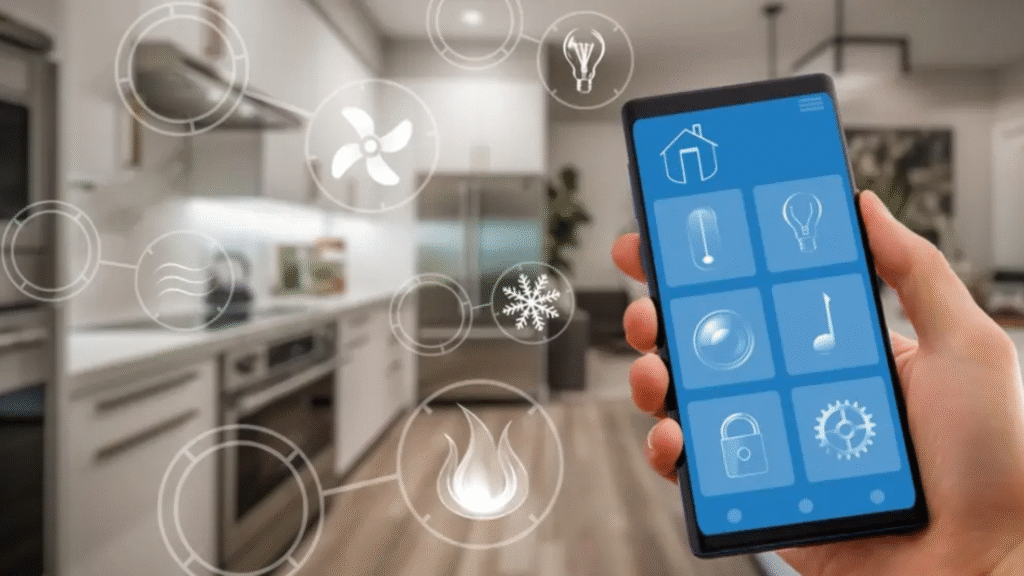
Voice, Touch, Gesture All-in-One
Interaction is moving beyond apps and remotes into fully sensory experiences. Instead of tapping or swiping, you’ll simply walk into a room, speak casually, or make a motion—and your space will respond. These tools will learn from your habits, adjust in real time, and create environments that feel effortless and instinctual. The home becomes less about devices and more about experiences shaped by subtle input.
Wearables Meet Home Tools
The line between personal devices and household tech is dissolving. Gadgets you wear throughout the day—headphones, watches, or wellness trackers—are increasingly synced with your home environment. As you arrive, your lighting adjusts. Your air purifier turns on. This blending of lifestyle and automation creates a seamless loop between your movement and your space.
Design as a Core Feature, Not a Bonus
What these tools look and feel like will matter just as much as how they perform. Functionality is expected, but emotional design is becoming essential. People are drawn to objects that connect with their routines, reflect their style, and offer a sense of calm. Future devices won’t just be useful—they’ll be meaningful additions to your space.
Conclusion: Why This Shift Matters
Next-gen home tools aren’t just upgrades—they’re reflections of a larger shift in how we live and what we value. The emphasis on quiet power, thoughtful automation, and intentional design shows a desire for environments that support well-being without adding noise or complexity. These tools help us move through our days more smoothly, more efficiently, and with a greater sense of control. They’re not about showing off—they’re about showing up for ourselves and our spaces. Once integrated, they don’t just improve routines—they redefine them. And honestly, it’s hard to imagine going back.

